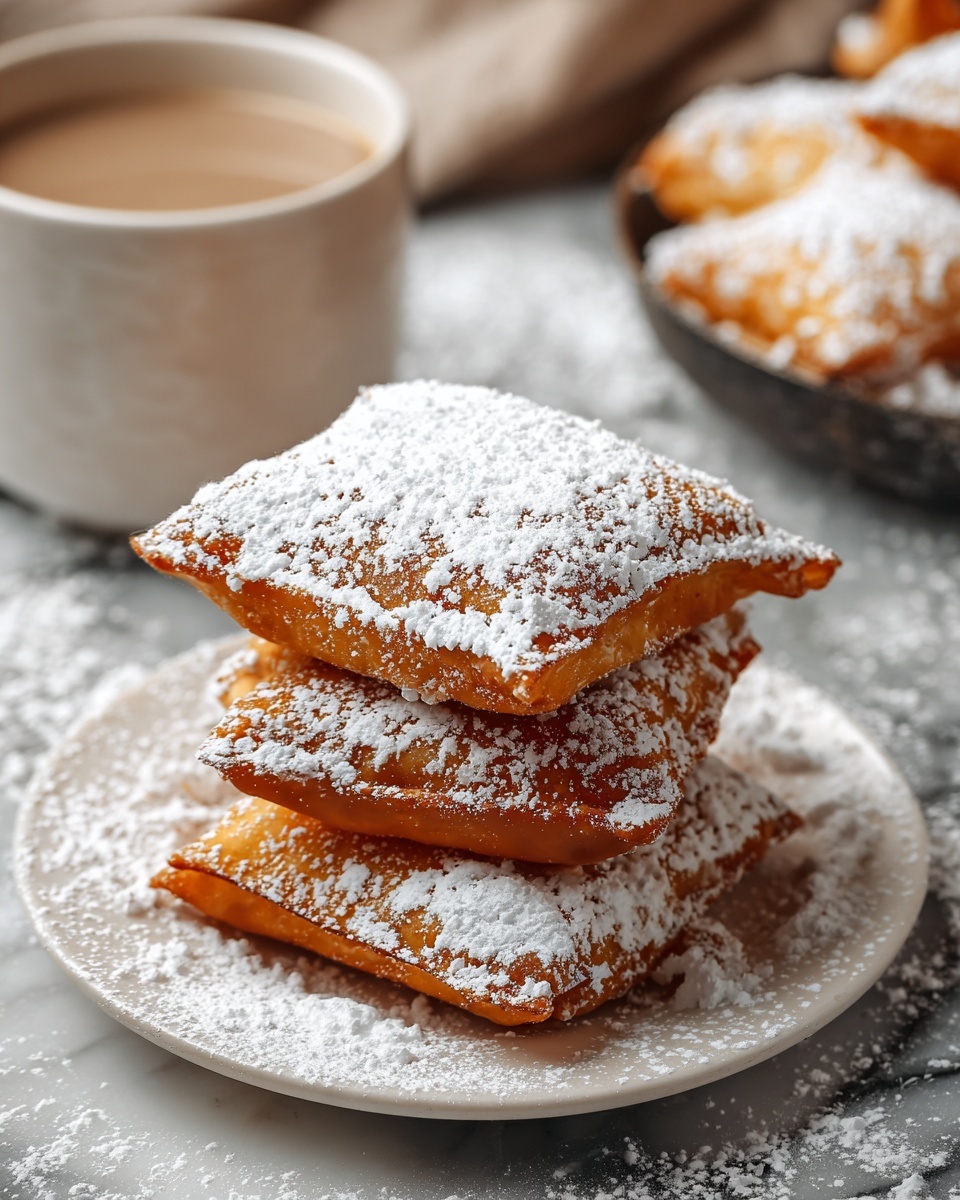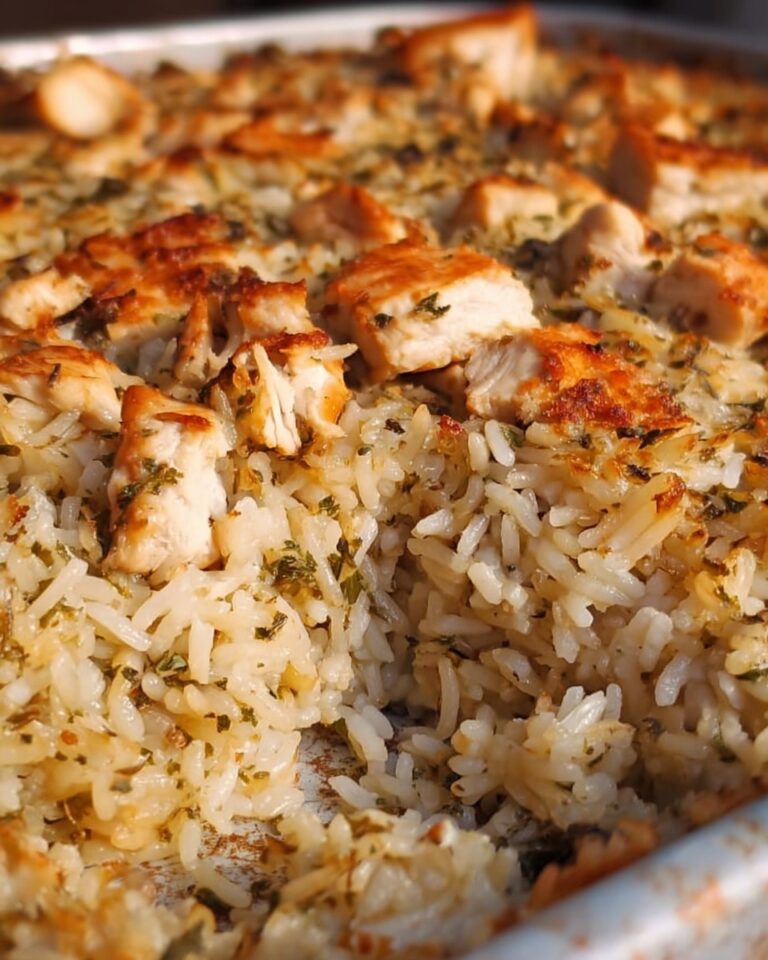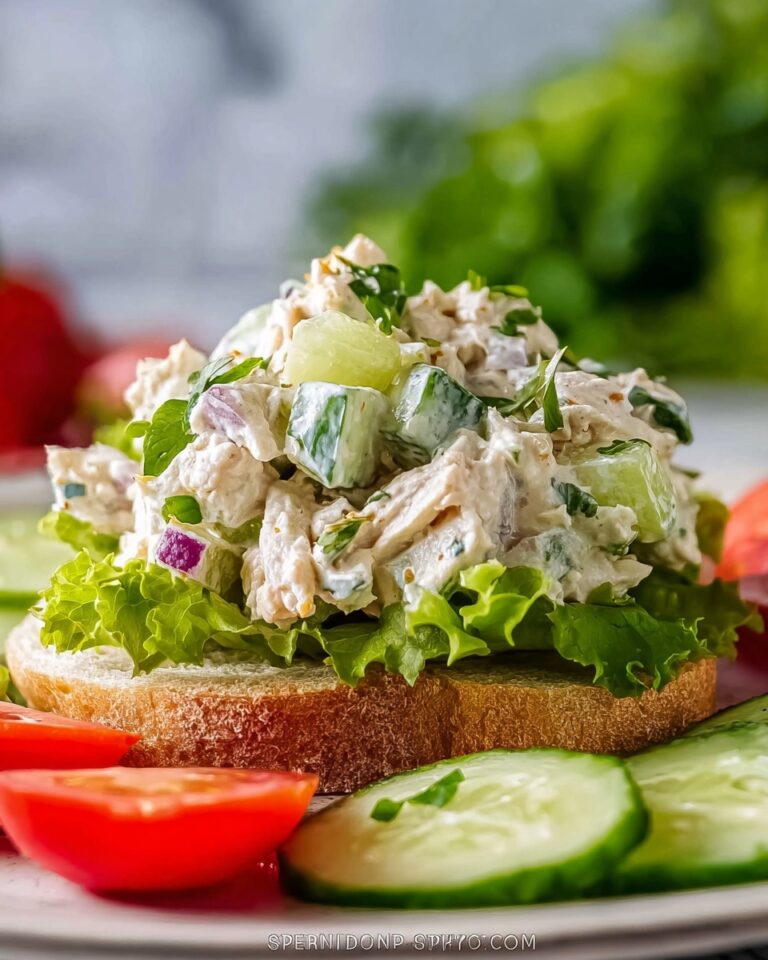If you’ve ever dreamed of indulging in a café-style treat from the comfort of your own kitchen, this Vanilla French Beignets Recipe is your new best friend. Imagine golden, pillowy pillows of fried dough infused with warm vanilla and generously dusted with powdered sugar that melts on your tongue. It’s a classic French delight elevated by the comforting aroma of vanilla, perfect for breakfast, dessert, or any time you want to treat yourself and those you love. Once you try this recipe, beignets won’t just be a New Orleans specialty in your mind—they’ll be a staple you make again and again.

Ingredients You’ll Need
Gathering the right ingredients is the first step to baking magic, and this recipe keeps it refreshingly simple. Each item plays a crucial role in achieving that iconic texture and rich vanilla flavor that makes these beignets unforgettable.
- All-purpose flour (3½ cups): The foundation providing structure and chewiness to the dough.
- Granulated sugar (¼ cup): Adds just the right amount of sweetness and helps with browning during frying.
- Active dry yeast (1 packet, 2¼ teaspoons): The secret to a light and airy texture, creating those lovely little air pockets inside.
- Salt (¾ teaspoon): Balances flavors and enhances the dough’s depth.
- Whole milk, warmed (¾ cup): Adds moisture and richness, helping activate the yeast.
- Eggs (2 large): Bind ingredients together while adding tenderness and richness.
- Unsalted butter (4 tablespoons, softened): Brings buttery flavor and a tender crumb.
- Pure vanilla extract (2 teaspoons): Infuses the dough with warm, aromatic sweetness that defines this recipe.
- Vegetable oil for frying: Essential for achieving that crispy, golden exterior.
- Powdered sugar for dusting: The final flourish that makes each bite lightly sweet and utterly irresistible.
How to Make Vanilla French Beignets Recipe
Step 1: Activate the yeast
Begin by dissolving the active dry yeast in warm milk, letting it sit for 5 to 10 minutes until it becomes foamy. This bubbling activity is crucial—it means your yeast is alive and ready to give the dough its magical rise.
Step 2: Combine the dry ingredients
In a large mixing bowl, whisk together the flour, sugar, and salt. These simple staples will create the perfect canvas for the rest of your delicious ingredients.
Step 3: Mix wet ingredients and dough
Add the eggs, softened butter, vanilla extract, and the foamy yeast mixture to the dry ingredients. Stir until a soft dough begins to form—don’t worry if it feels sticky at first; that’s a good sign.
Step 4: Knead to perfection
On a lightly floured surface, knead the dough for about 5 to 7 minutes until it’s smooth and elastic. This step develops the gluten, giving your beignets their characteristic chewy yet tender bite.
Step 5: Let the dough rise
Place your dough ball into a greased bowl, cover it with a clean cloth, and set it in a warm spot for 1 to 1½ hours. Patience here pays off big time—when the dough doubles in size, you know it’s ready for the next step.
Step 6: Shape the beignets
After punching down the risen dough, roll it out on a floured surface until it’s about ½ inch thick. Cut it into charming 2- to 3-inch squares, then cover and let rest for 20 to 30 minutes. This rest helps them puff nicely when fried.
Step 7: Fry until golden
Heat vegetable oil in a deep pot to 350°F. Fry the dough squares in batches, turning once, until they’re gorgeously golden brown on both sides—usually about 1 to 2 minutes per side. Drain on paper towels to keep them crisp yet tender.
Step 8: Add the finishing touch
While still warm, dust your beignets generously with powdered sugar. This not only adds sweetness but also that signature snowy look that makes these treats so photogenic and festive.
How to Serve Vanilla French Beignets Recipe

Garnishes
Simple is best for garnishing these beauties. A heavy dusting of powdered sugar is classic, but for an extra pop, try sprinkling with cinnamon sugar or a light drizzle of melted chocolate. Fresh berries on the side also add a refreshing contrast that brightens each bite.
Side Dishes
Beignets are quite versatile—perfect alongside a steaming cup of café au lait or hot chocolate. For brunch, pair them with fresh fruit salad or a light yogurt parfait to balance the richness. Their pillowy texture complements savory breakfast items as well, like scrambled eggs or crispy bacon.
Creative Ways to Present
Want to wow your guests? Stack a small tower of beignets on a pretty platter and surround them with bowls of dipping sauces such as warm chocolate ganache, raspberry coulis, or vanilla cream. Or serve them in individual paper cones for a fun, casual vibe reminiscent of a French street festival.
Make Ahead and Storage
Storing Leftovers
These beignets are best enjoyed fresh, but if you have leftovers, store them in an airtight container at room temperature for up to a day. This helps preserve their softness and prevents them from becoming too dense or stale.
Freezing
You can freeze un-fried dough squares! Place them on a baking sheet to freeze individually, then transfer to a freezer-safe bag. When ready, thaw and fry as usual. Fried beignets can also be frozen, though the freshly fried texture is unbeatable.
Reheating
To bring leftover beignets back to life, heat them in a preheated oven at 300°F for a few minutes until they’re warm and slightly crisp again. Avoid microwaving as it can make them rubbery. Add a fresh dusting of powdered sugar after reheating for extra appeal.
FAQs
Can I use instant yeast instead of active dry yeast?
Yes! Instant yeast can be used and will work faster than active dry yeast. You can mix it directly with the flour without activating it in warm milk first, but reducing the rising time slightly is advised.
What if I don’t have whole milk? Can I substitute it?
Whole milk adds richness that enhances the flavor and texture, but you can substitute with 2% milk or even a nut milk like almond milk. Just be aware that it might slightly alter the final taste and tenderness.
How important is the vanilla extract in this recipe?
The vanilla extract is key to creating that warm, inviting flavor profile that makes these beignets stand out from regular fried dough. For a more intense taste, try using vanilla bean paste as a lovely upgrade.
Can I make these beignets gluten-free?
Unfortunately, traditional beignets rely on gluten for their airy and elastic texture. You could experiment with gluten-free flours, but the texture will likely be quite different. If you do try, consider adding xanthan gum to help mimic elasticity.
What’s the secret to getting perfectly puffed beignets?
The key is properly activating the yeast and allowing the dough to rise twice—both before and after cutting. Also, frying at the right temperature (350°F) ensures they cook evenly and puff beautifully while developing a crisp crust.
Final Thoughts
Making these Vanilla French Beignets Recipe is genuinely a joyful experience where simple ingredients come together to create something extraordinary. Whether it’s for a leisurely weekend brunch or a sweet treat to brighten a special day, these tender, fragrant, and golden beignets will bring smiles and warm hearts around your table. Don’t hesitate—grab your ingredients and start frying up some happiness today!







